Fast cars on a race track going over 200 mph. Hundreds of millions of fans worldwide screaming at the top of their lungs in support of their favorite teams and drivers. Formula One (F1) is a global hit and unlike any other sport in the world. The fastest road-course regulated cars that create enough downforce they could drive upside down. They race on a different track, also known as a circuit, every weekend. Each circuit’s unique layout brings new challenges, like changes in track surface, race conditions and types of turns. F1 can be traced back to 1901 in Europe beginning racing in 1950, with the first Grand Prix not taking place outside of Europe until 1953.
F1 has been racing in the U.S. since 1959, but it has significantly gained American viewership in the past few years due to many factors including more popular broadcasting, a growth in mainstream exposure and more races taking place in the States. There are other racing series in the U.S. including NASCAR and IndyCar, but F1 stands out due to its distinctive cars and specialized tracks.
In 2018, F1 returned to ESPN, making races more easily accessible to people rather than having to watch on F1-specific platforms like F1TV. Viewership of races went up 39% from 2019 to 2021 and another 28% from 2021 to 2022. F1 then signed a three-year contract in 2022 which included an agreement to stream commercial-free. This gives a better viewing experience for fans since the races are uninterrupted and there is coverage of the entire weekend, including the practice sessions and qualifying rounds.
Instead of paying for F1TV, I can watch on platforms I already have. Since most of the races take place continents away, my race day routine consists of waking up early in the morning to watch the pre-race coverage and then making a cup of coffee to help me stay awake during the race. There have been times when I have had to wake up at 4 or 5 a.m. for races, so it’s nice to be able to turn on my TV to ESPN and not have to worry about having technical difficulties during races.
Another key factor in the rise of F1 in America is the hit Netflix series “Formula 1: Drive to Survive.” First airing in 2019, the show goes behind the scenes of F1 teams to show parts of the sport that aren’t as widely displayed such as drivers’ weird quirks and how teams plan going into race weekends. Over 6.8 million people have watched the show and U.S. fans have grown around 10% since the show was released. Several other documentaries have also been released on Netflix such as Schumacher, giving more exposure to the sport.
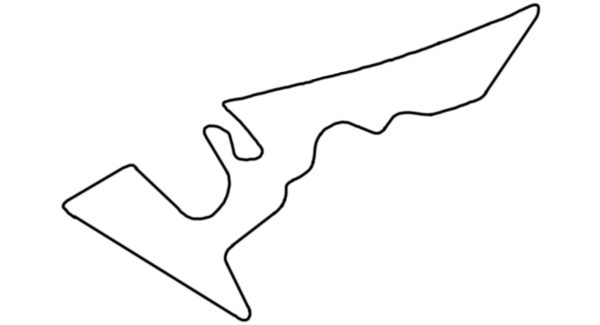
When I first got into racing and F1, I occasionally checked results but didn’t invest a lot of time in watching races. One day, “Drive to Survive” popped up on my recommended list on Netflix and I put it on, not knowing what I was getting into. There were three seasons out when I started watching and it took me three weeks to get through the first season alone. It then took me about three days to get through the next two. When seasons four and five were released I watched each of them in a night. The show and other documentaries grew my love for the sport and were a big part of my exposure to racing. I went from only knowing the most popular drivers to following all of them and their teams on social media. I memorized all the world champions. I started a stats spreadsheet to keep track of the drivers throughout the season. In the span of a few months, I was completely enthralled in the world of racing.
While the U.S. Grand Prix has been taking place off and on for over 60 years, it jumped around to many different circuits not having a true home until 2012 when it was held here in Austin at Circuit of the Americas (COTA). In 2022, a race was added in Miami, and this season the third U.S. race was added in Las Vegas. Having three races in the States makes it easier for fans to attend races and gives the sport more coverage that is localized to fans here.
I always knew that COTA was a race track in town, and had gone to many concerts and rugby games at COTA before ever realizing that a major race took place less than 20 miles from my house. This year, even though I didn’t attend the race, I kept track of all the affiliated events going on during the race weekend and even went to a pop-up shop for my favorite driver’s merch line. All of the teams center their content around the location of the race which helps fans to better relate to the races like having city-specific merch or wearing jerseys of the local teams.
Teams have relied more heavily on social media to get messages to fans and used it as a marketing tool instead of just for fun. I have noticed that teams’ content is much more engaging, especially when I see drivers doing TikTok trends or posting non-F1 things on their social media platforms.
As a whole, the sport has had an exponential gain in America. I hope that coverage and prevalence continue to grow here so that F1 will stick around for many years to come as it races to win America’s heart.

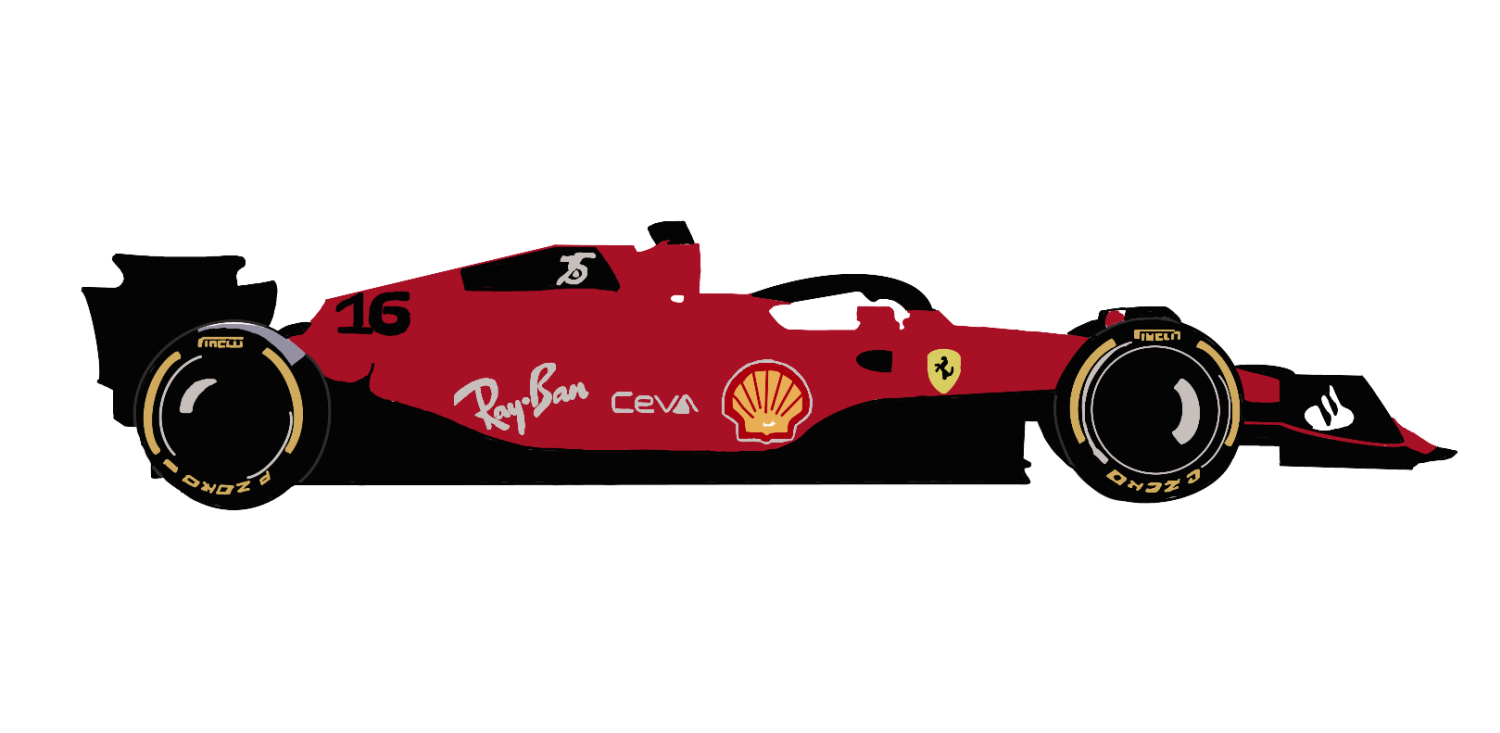

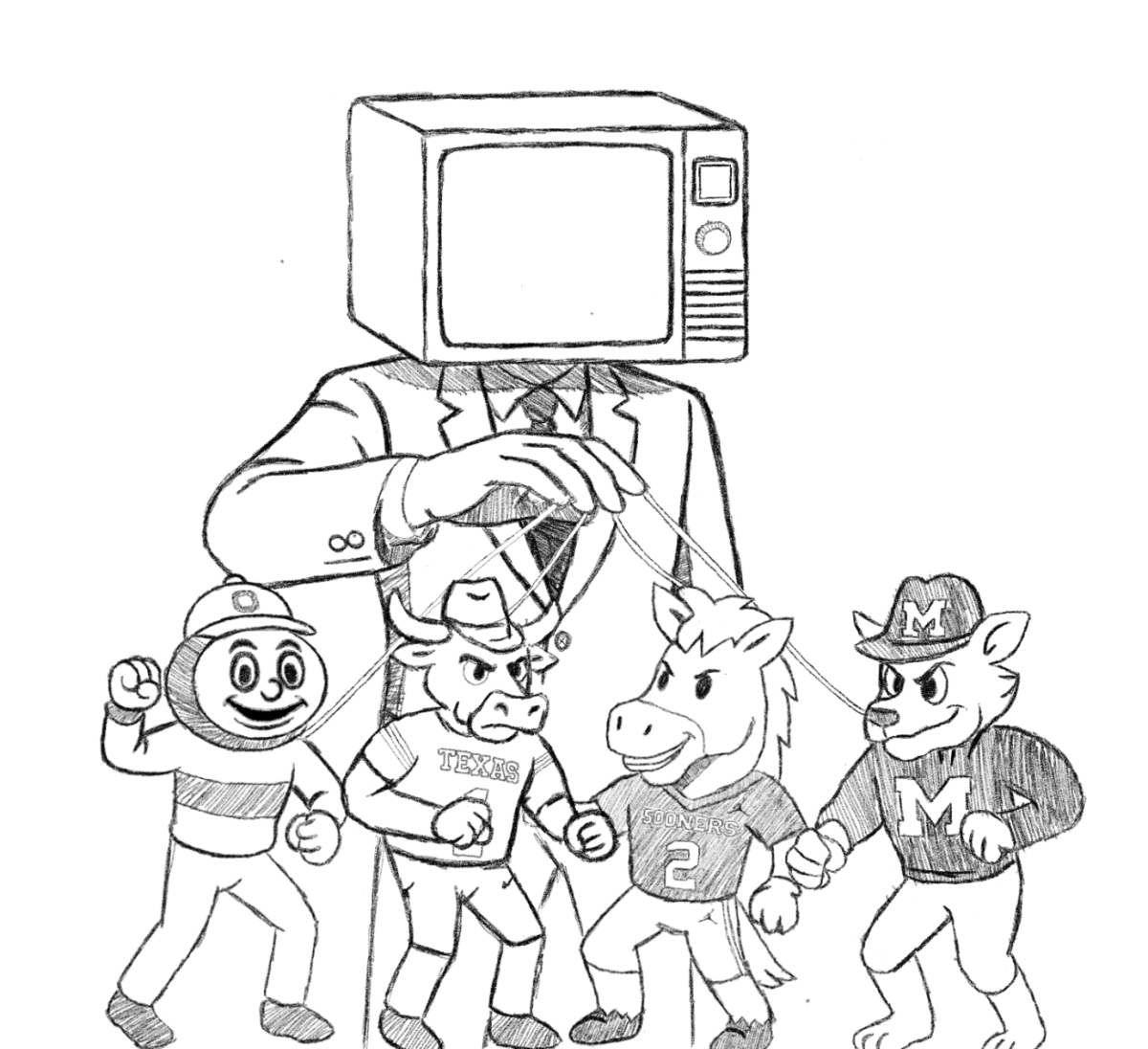
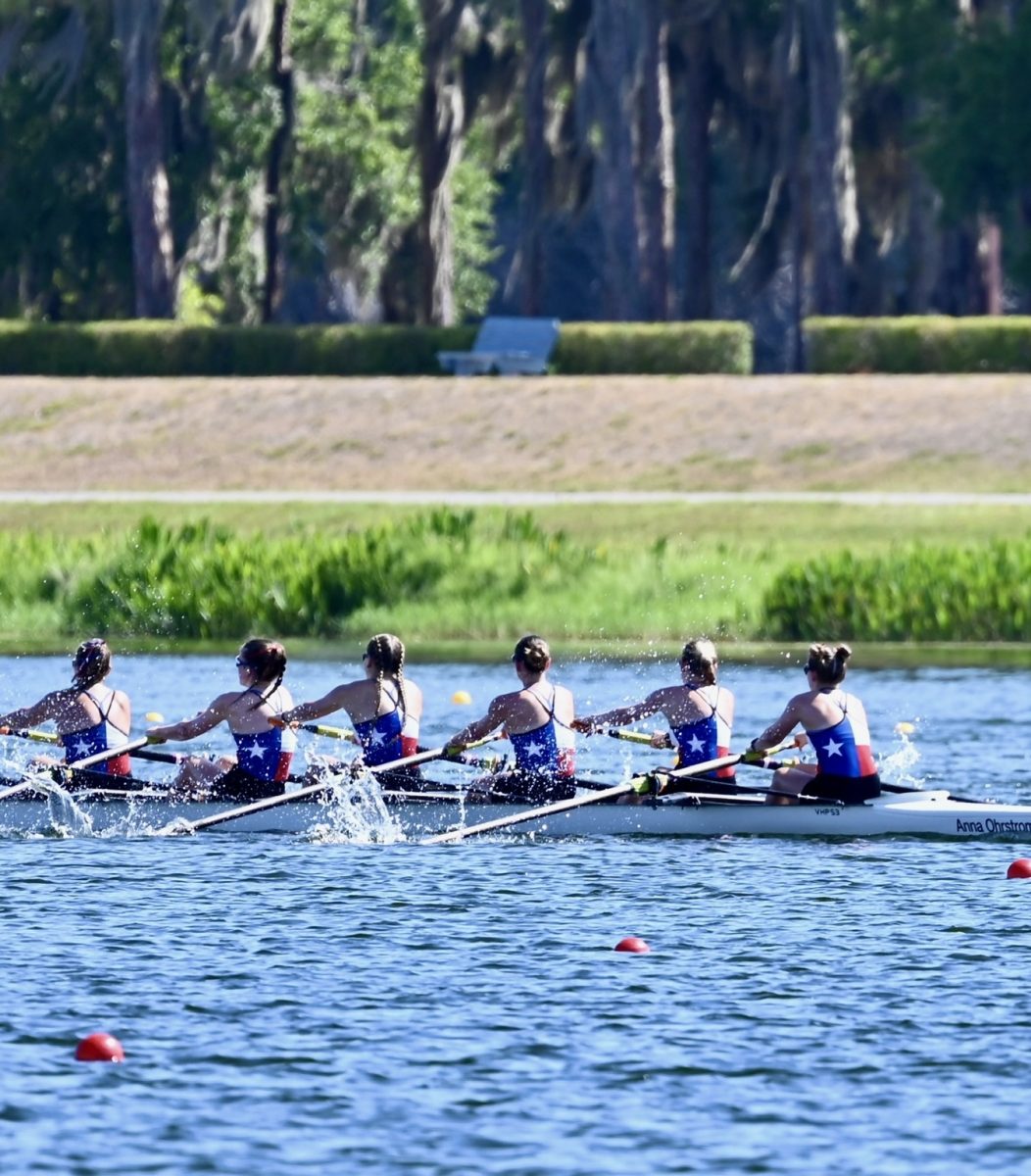

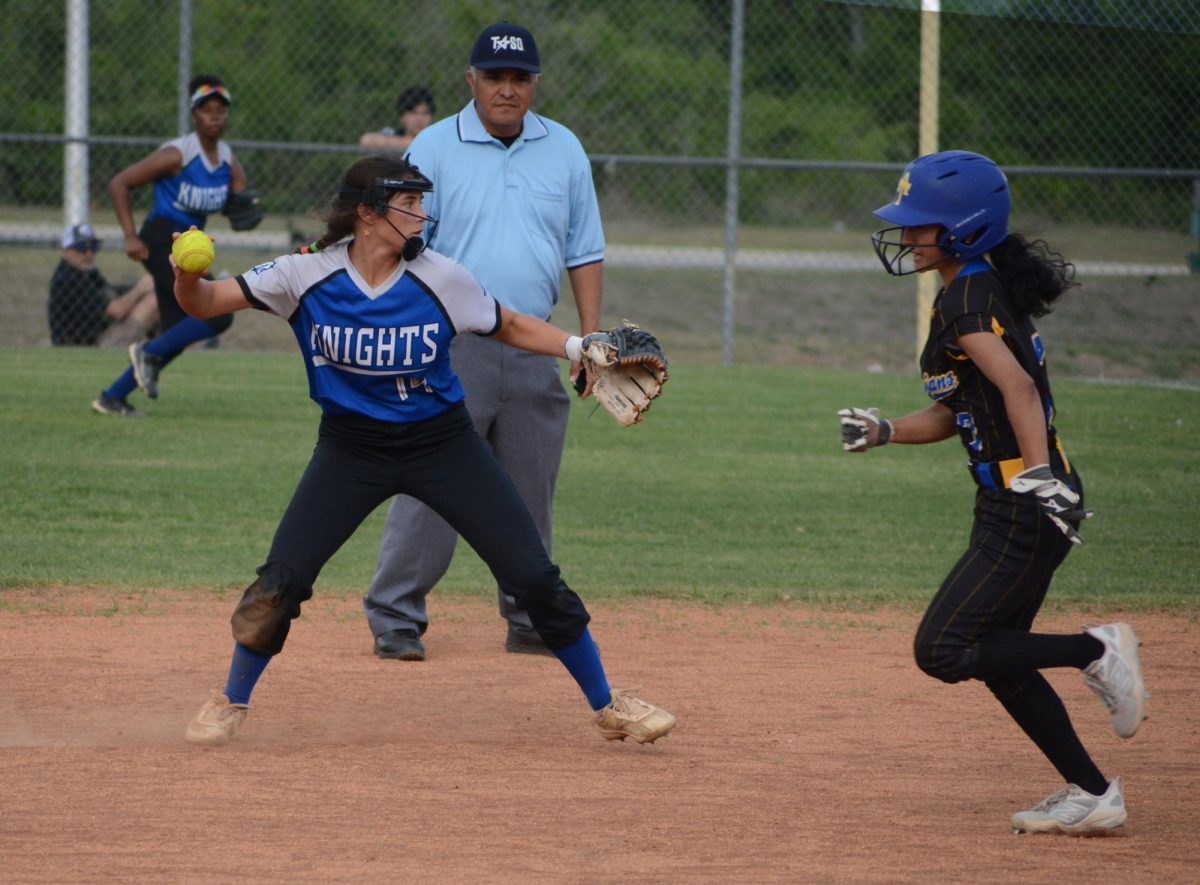

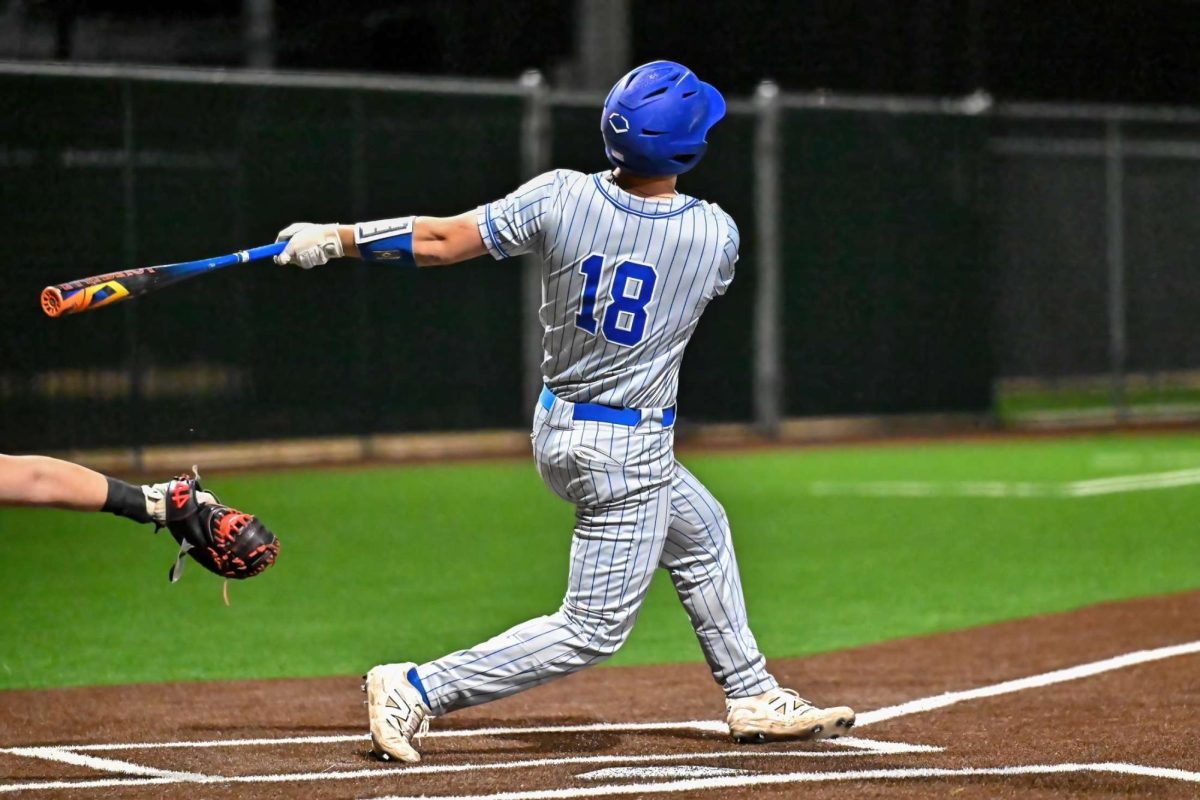
Josh Zuniga • Feb 1, 2024 at 2:23 pm
I think that this post is very well made. I like the graphic of the F1 car and the outline of the track. I also enjoyed this because it give me hope that F1 racing can become a more major sport in the near future.